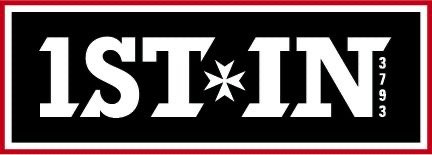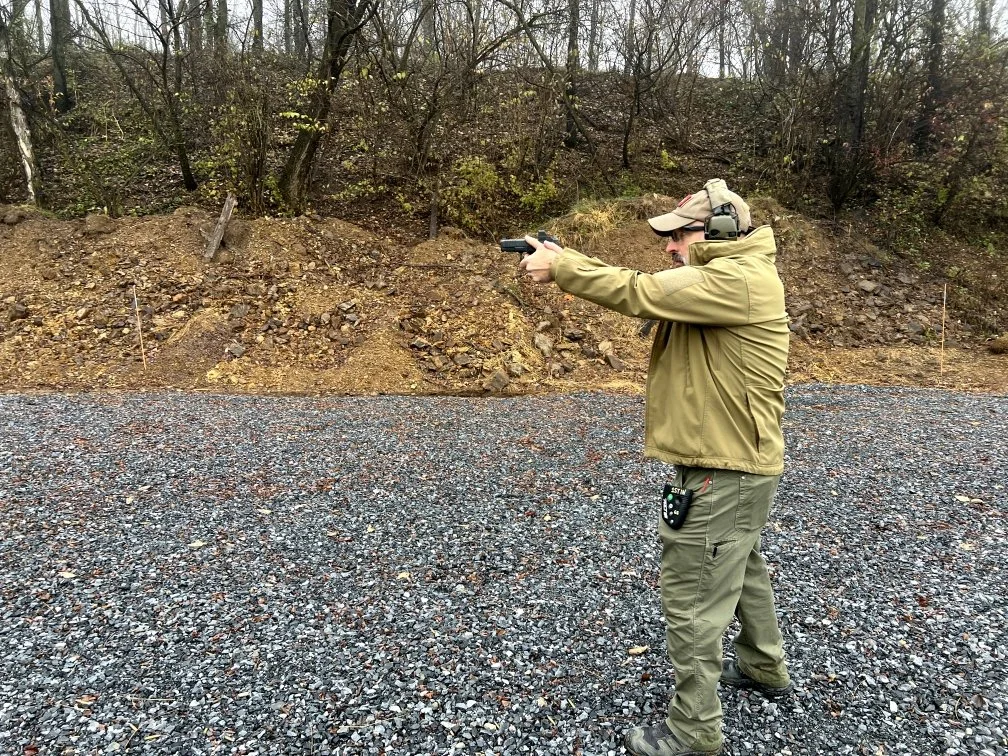EDC Gear: What you wear is just as important as what you carry
Generally, when talking about Concealed Carry or Every Day Carry (“EDC”) gear most people include their handgun, spare magazine, knife, flashlight, and tourniquet, maybe a full IFAK and multitool. But often we forget to think about clothing as part of our kit.
Clothing is a critical part of overall preparedness and is frequently overlooked by a good portion of both new and experienced shooters. What you wear impacts accessibility, draw speed and presentation. So, training in different types of clothing is critical to ensuring your gear is working for you, not against you.
If you’re dry firing in nothing more than a t-shirt throughout the winter, you won’t be prepared when you’re bundled up with four layers and gloves for a snowstorm. Unfortunately, the only cold weather training change that I typically see is a switch from a summer compact handgun to a winter full size handgun, with the belief this is all that’s needed to be better prepared. However, if working from concealment in winter clothing isn’t part of your practice, you’ll be at a disadvantage.
Clothing as a tool: function and form
Function should be your priority when building out your EDC kit. Clothing can be limiting so what you wear needs to be useful and work for you, not against you. It needs to be well thought out. It needs to be comfortable. It needs to be efficient. And it needs to be tested. Function is dictated by several things like work or weather. There is no black and white solution. You will need your gear to work in your unique situation.
Style, on the other hand, is dictated by ego. How we dress is an important part of how we see ourselves and impacts how others perceive us. Many people find adapting how they dress to be the biggest obstacle to carrying every day. And the fact is that how you dress may need to change. You don’t have to completely abandon style, but if you prioritize fashion over self-preservation, you probably aren’t fully committed to the self-defense lifestyle.
Testing your clothing: shirts, pants, coats and gloves
So as the season changes, think about putting in some dry fire and range time that mirrors everyday attire. Understand how cold, rain, wind and snow affect grip dexterity and sensitivity. Learn how multiple layers like jackets, sweatshirts and gloves affect accessibility, draw and presentation. Experience how different garment types, fabrics, fit and size all clear differently.
I will sacrifice some comfort for function. When outside, my jacket is always left unzipped, extra layers are tucked in behind the gun leaving only one layer to clear. The more layers you have, the more mobility is compromised, and the harder it becomes to draw efficiently. I wear only what is needed to be comfortable enough. And to remain as mobile as possible.
Going from a button down to a t-shirt, windbreaker to winter coat all have nuances. A shirt that’s tight may be harder to grab and clear, while a shirt that’s loose will get in the way when clearing the gun out of the holster and presenting. Your draw sequence will change depending on layers.
If sweatpants are your go-to in the cold weather, there are special considerations to keep in mind. Sweatpants are not designed to carry the weight of a handgun and that includes sub compacts and pocket pistols. As a result, the gun won’t remain in the same carry position throughout the day. The sagging and shifting of the gun from one place to another makes a consistent, reliable draw impossible. This is a recipe for disaster. If you’re insistent on wearing sweatpants, then I recommend you look into an enigma holster.
Gloves can be particularly challenging. If you choose to wear gloves I recommend investing in a more “tactical” style glove like PIG or Mechanix. When assessing gloves pay attention to these key factors:
Can your finger fit in the trigger guard?
Can you get a solid strong hand purchase on the draw?
Can you obtain a proper grip to withstand firing multiple rounds?
Can you manipulate all fire controls like the trigger, mag release and manual safety (if applicable)?
Can you rack the slide without excess glove material getting bound up between the frame and slide?
Practice with your EDC gear
Testing all your EDC gear, including your clothing, should be addressed at home in dry fire practice rather than at the worst possible moment. So, keep this number in mind: 3,650. This is an easily achievable yearly goal for draws from concealment as part of your dry fire practice routine.
Every day before I leave the house, I do 10 draws in whatever I’m wearing for the day to ensure I know the nuances and exactly how quickly I can access, draw and present my gun with whatever garments I have on for that day. That’s 3,650 extra dry fire draws outside of my regular routine. More time with the gun in your hands, more reps, builds skill and increases experience and confidence.
The most important thing to remember is that clothing is a piece of gear just like a chest rig or plate carrier. You need to know how it will perform. It’s not about right or wrong, but only that you practice in whatever your personal clothing choices are so there are no unforeseen problems if you’re called to draw your gun in self-defense.
You can’t do something you’ve never practiced and expect good results.
Prioritize your training.
Build on-demand performance through drills that develop and pressure test speed, accuracy, distance, and movement with your gun.


